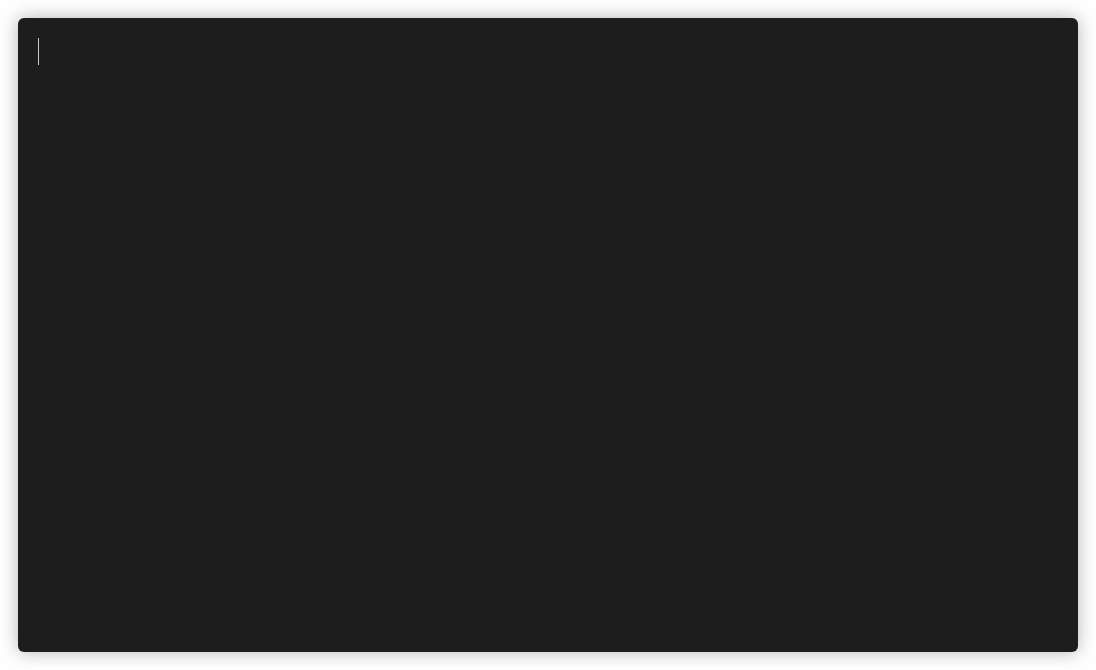| app | ||
| cards | ||
| recordings | ||
| snap | ||
| src | ||
| test | ||
| .gitignore | ||
| ChangeLog.md | ||
| LICENSE | ||
| package.yaml | ||
| README.md | ||
| Setup.hs | ||
| stack.yaml | ||
| stack.yaml.lock | ||
hascard
A commandline utility for reviewing notes. 'Flashcards' can be written in markdown-like syntax.
Cards
Definition
This is the simplest card, it simply has a title and can be flipped to show the contents. For example the following card
# Word or question
Explanation or definition of this word, or the answer to the question.
Multiple choice
This is a typical multiple choice question. The question starts with # and the choices follow. Only one answer is correct, and is indicated by a *, the other questions are preceded by a -. As an example, the following text
# Multiple choice question, (only one answer is right)
- Choice 1
* Choice 2 (this is the correct answer)
- Choice 3
- Choice 4
Multiple answer
Multiple choice questions with multiple possible answers is also possible. Here again the question starts with # and the options follow. Preceding each option is a box [ ] that is filled with a * or a x if it is correct. For example
# Multiple answer question
[*] Option 1 (this is a correct answer)
[ ] Option 2
[*] Option 3 (this is a correct answer)
[ ] Option 4
Open question
Open questions are also supported. The words that have to be filled in should be surrounded by underscores _. Multiple answer possibilities can also be given by seperating them with vertical bars |. As an example, the card
# Fill in the gaps
The symbol € is for the currency named _Euro_, and is used in the _EU|European Union_.
Miscellaneous info
Written in Haskell, UI built with brick and parsing of cards done with parsec. Recordings of the terminal were made using terminalizer.




